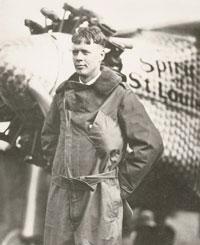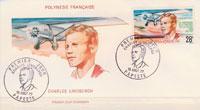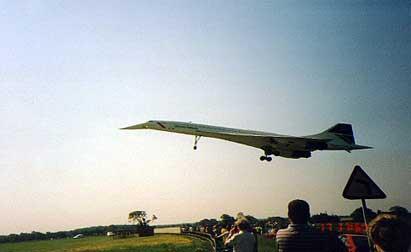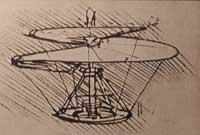Charles Lindbergh, first to cross the Atlantic
2003/05/01 Rementeria Argote, Nagore - Elhuyar Zientziaren Komunikazioa Iturria: Elhuyar aldizkaria

Charles August Lindbergh was born in Detroit on February 4, 1902. Since childhood he demonstrated his mechanical ability. He had favorite aircraft mechanics, so at age 21 he bought a Jenny and flew whenever he could.
At that time flying looked like a hobby of adventurers, and few imagined the advance of air transport in a few years.
In 1924 Lindbergh joined the U.S. Army Air School. and, of course, he was the best driver in the class. It was therefore taken by an air mail company. But it didn't last long, because that monotony bored him. Lindbergh preferred to think about how to design better planes and test on his plane the changes that occurred when he could.
Gradually the planes were improving, some to make longer trips and others to transport greater loads. The most daring pilots of the time tried to cross the Atlantic Ocean, but all those who had worked until then were lost at sea.
Lindbergh, like the pilots fallen to the ocean, dreamed of getting to Paris without stopping. Therefore, he turned to find a sponsor to finance the necessary plane for a long trip. And get it. It was very clear that the best plane of the time was not enough to complete that flight. That's why he took a monoplane Ryan M-2 and adapted it. Although the design of the modified aircraft was made by Donald Hall, Lindbergh conducted a thorough review of the entire process.

In honor of his sponsors, he called the plane The Spirit of Saint Louis. To face this challenge he had a 220 horsepower Wright J-5C engine and nine cylinders. Despite being a reliable aircraft by the time, almost half of its weight (2.3 tons) was fuel. As that huge fuel tank reached the height of the pilot's cabin, he had to use a periscope to see what was in front or turn the plane to look through a side window.
After several tests with the plane, Lindbergh took off in New York on May 20, 1927 and, 33 and a half hours later, landed in Paris. There were thousands of people waiting to welcome the hero. Their welcome to return to the US was no colder. With the intention of taking advantage of that reputation, the David Guggenheim Foundation for the Promotion of Aeronautics offered him funding, which allowed him to travel through his airplane.
One of those air transport promotion trips also arrived in Mexico. There he meets his future wife, Anne Morrow.
Making things worse
Lindbergh and Anne Morrow married in 1929. He taught his wife to pilot planes and for a while worked opening new business paths for airlines.
However, on 1 March 1932 things began to deteriorate. The 20-month-old child of the couple was kidnapped and ten weeks later the body was found. When they found the alleged killer, his trial and execution had a great impact, especially in the sensationalist press. Upset, the Lindberg decided to leave for peace in Europe.

Nor was the beginning of World War II sweet. By then, they returned to the United States and opened up for the Nazis. When the U.S. went into war, Lindbergh showed himself against and publicly accused Jews and English of participating. In addition, by then he had already received the Medal of Honor from the hand of the Nazis during his stay in Europe. However, after the Pearl Harbour attack he decided to go to war and, although he was not admitted to the army, he participated in about 50 missions as a civilian pilot.
The planes for this time were very advanced and were the most effective weapon during World War II. After the war, air transport continued to gain strength. It was increasingly reliable for people and airlines to invest a lot of money in making better planes.
It was an unbeatable time in the workplace for Lindbergh and worked in several airlines. Combining his experience with the most cutting-edge technique, he maintained and promoted the intense march of the aeronautics. And he still had time to write his book The Spirit of Saint Louis and win a Pullizer prize.
After being at the forefront of technology, Lindbergh began to travel with special attention to the cultures of the world. He participated in species conservation campaigns in the 1960s and opposed the development of soft aircraft for transport.
He died of cancer on a quiet island in Hawaii. Although he made the most sophisticated designs throughout his life, the latter was a simple draft of his wake.

Gai honi buruzko eduki gehiago
Elhuyarrek garatutako teknologia






